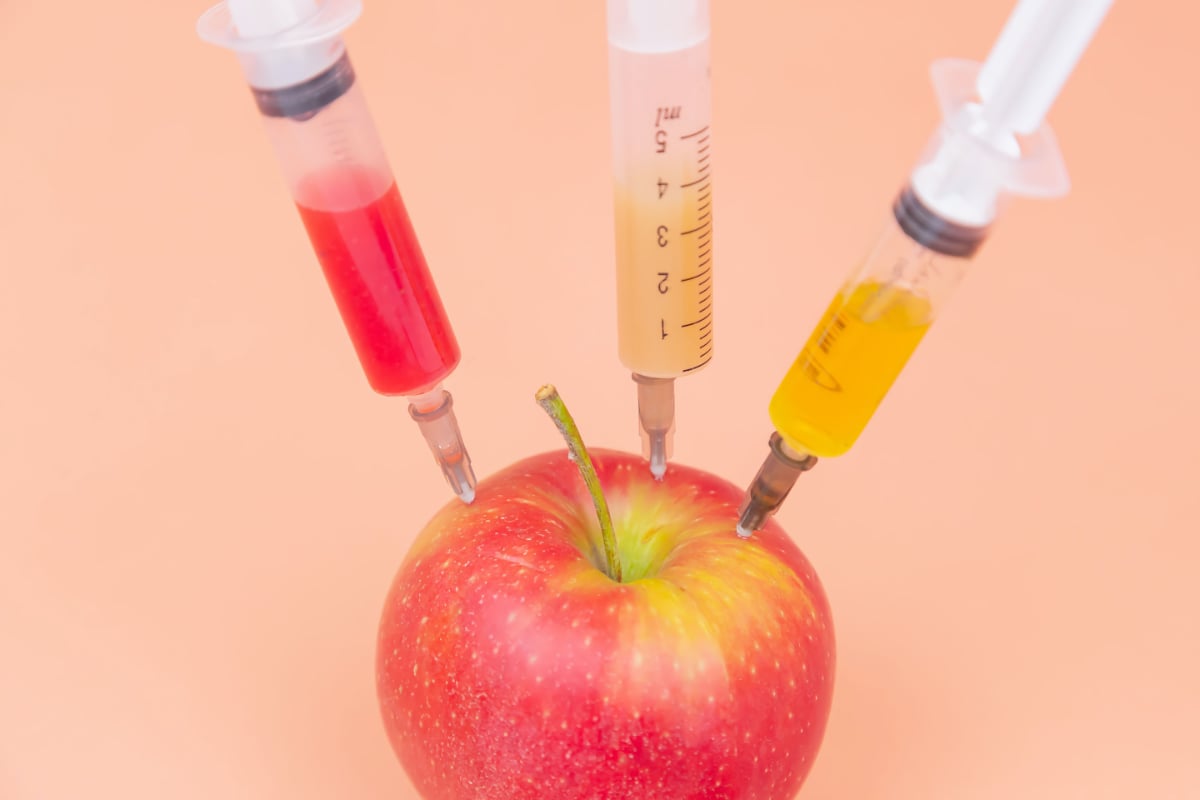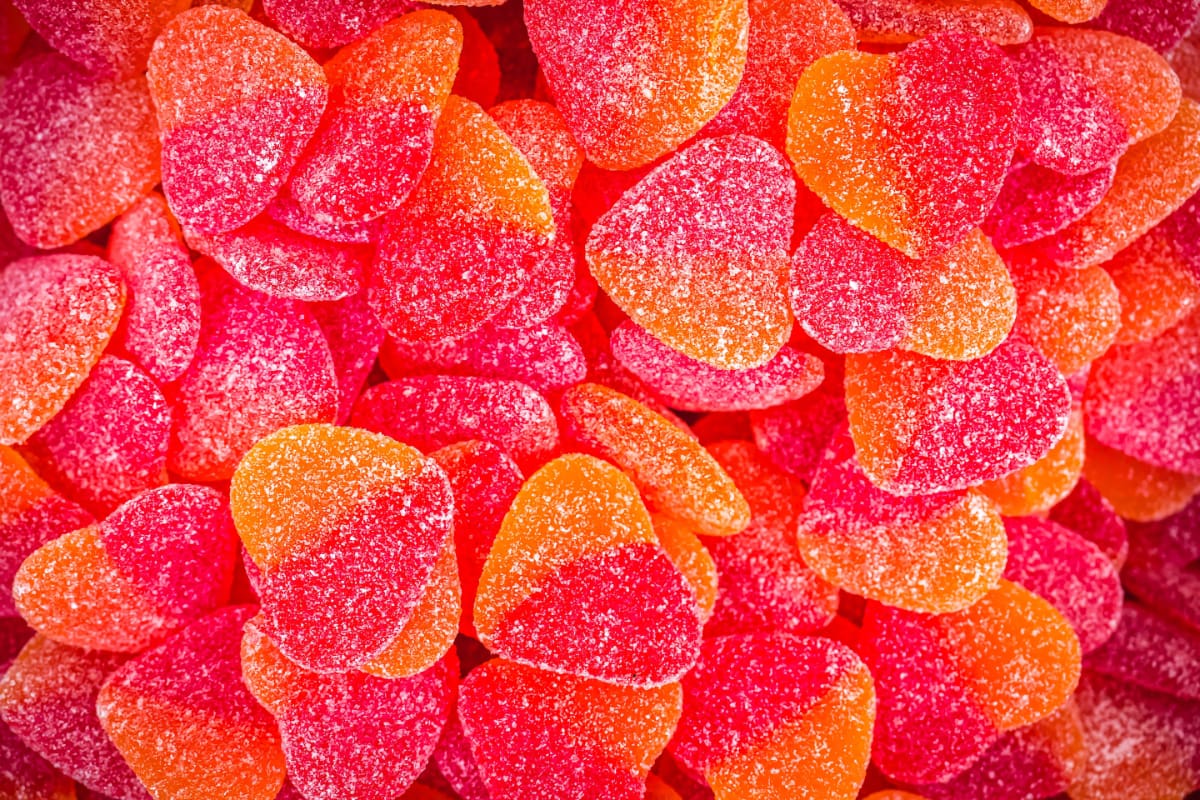Sugar
A small sugar compendium: fructose, sorbitol and FODMAP explained
If you suffer from certain kinds of carbohydrate malabsorption you are often confronted with names of chemical compounds – it is often very easy to become confused. Therefore, we put together a small compendium that can be used, whenever needed.

Read More...

Read More...
Do you know how much fructose you are eating?
From a historical point of view, fruits and honey were the only fructose-rich foods in our diet. In the 17th century the average sugar intake of each person was as low as 5 g per day. Big changes of dietary habits only occurred after the industrial scale production of sugar from sugar cane or sugar beets. Suddenly, sugar was available to everyone in large quantities – at low costs.

Read More...

Read More...
![[Blog]](../../rw_common/images/baliza_logo_retina.png)